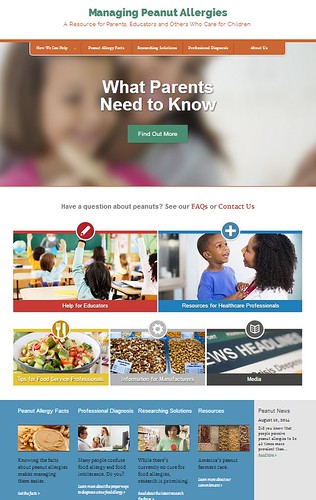

Kids love to snack. But snacking—if done right—doesn’t have to be a bad thing. There are plenty of tasty and healthy options available that will help satisfy the snack-attack of even the pickiest eaters.
Incorporating fresh fruit, like watermelon, into after-school snacks is a great choice for kids who have a bit of a sweet tooth. And, as an excellent source of Vitamins A, B6 and C, a two-cup serving of watermelon packs a good nutritional punch that any parent can appreciate. Watermelon Sandwich Wraps can be a perfect after-school snack. For more creative ideas on how to serve this healthy treat, take a look at the top ten ways to enjoy watermelon.
For the child who prefers savory treats, fresh avocados—which contain naturally good fats and are cholesterol free—might be the answer. Mash an avocado and spread on toast for a satisfying breakfast. You can also use it as an alternative to mayonnaise on sandwiches or in wraps. Avocados can even act as “nutrient boosters” by helping the body better absorb certain nutrients (including alpha-and beta-carotene and lutein) from foods that are eaten with them. For a great afternoon snack, serve carrot sticks with this deliciously simple and easy-to-make guacamole recipe.
While the PB&J is a time-tested, nutritious childhood favorite, America’s peanut farmers recognize that managing food allergies can be a challenge for parents and schools. That’s why peanut producers, through the National Peanut Board (NPB), recently launched PeanutAllergyFacts.org, a new website designed to provide science-based information about peanut and food allergies, as well as links to resources about effective allergy management. Since the creation of NPB 14 years ago, America’s peanut farmers have allocated more than $10 million toward food allergy research, education and outreach.
And for schools trying to find creative ways to meet new meal patterns, the Mushroom Council has a whole website that offers healthy recipes, nutrition facts, and much more. For example, their blendability guidance shows how schools can reduce meal calories by blending ground mushrooms with ground meats.
The Hass Avocado Board, National Watermelon Promotion Board, Mushroom Council and National Peanut Board are among more than 20 Research and Promotion programs with oversight from USDA’s Agricultural Marketing Service (AMS). These promotion boards help farmers and ranchers pool their resources for research and promotion to improve, maintain and develop markets for their products.
For more ideas on how to create healthy snacks and meals, check out some of the great MyPlate recipes on Pinterest.
